Up Next

It’s always interesting to compare Formula 1 car designs from different eras.
Getting a chance to look at Fernando Alonso’s 2005 championship-winning Renault R25 alongside the manufacturer’s current car on track in Abu Dhabi shows the extent of the changes over 15 years.
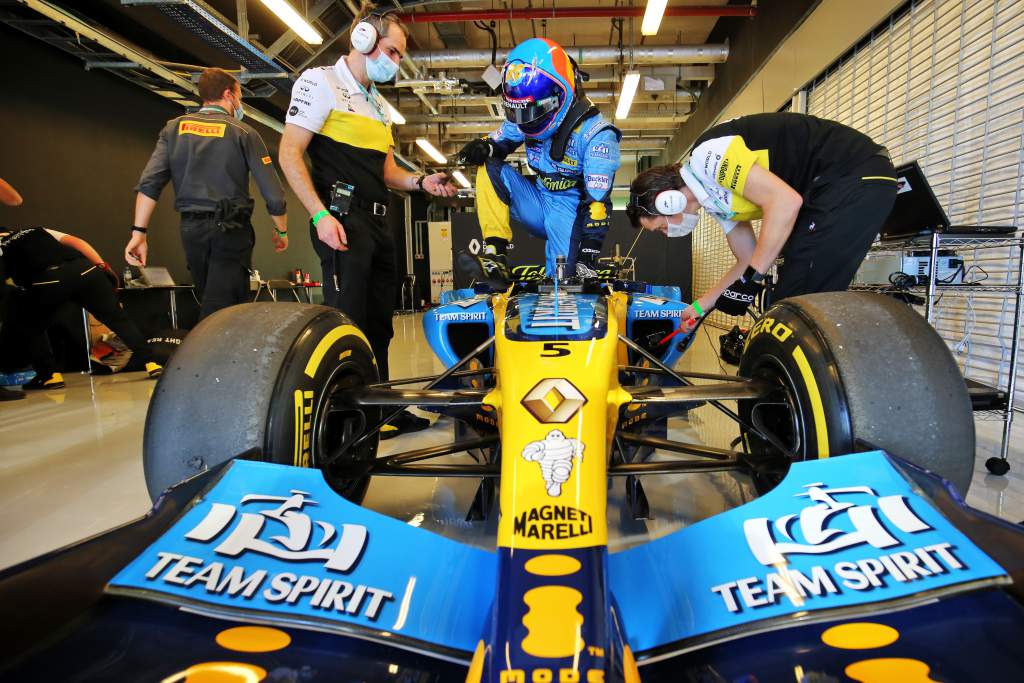
Alonso himself is doing the driving, having his first run out between the two practice sessions on Friday. He’ll also be on track on Saturday and Sunday and will apparently have a go on soft tyres on qualifying day.
The 2005 car is running on Pirelli slick tyres, in its commercially-available ‘Driver Academy Tyre’ specification used for what is known as ‘testing of previous cars’ and ‘testing of historic cars’ in the F1 regulations. So Alonso will have used these tyres for his 2018 car running.
The perfect onboard doesn't exi… Oh wow. #RSspirit #AbuDhabiGP @alo_oficial @f1 pic.twitter.com/i6L2eVA9yg
— Renault F1 Team (@RenaultF1Team) December 11, 2020
Back in the day, the Renault R25 ran Michelin’s grooved tyres. It was Max Mosley, the president of the FIA at the time, who pushed for the introduction of grooved tyres for 1998.
This was on safety grounds as he wanted to reduce cornering speeds, with the grooves a way to reduce the tyre’s contact patch without making the cars look stupid on very narrow wheels.
The grooves reduced the tyre’s contact patch by something in the region of 18%, but also it meant that to get tyre compound stability it had to be a harder compound. So it was a double whammy on grip levels.
As with most things, the drivers hated the feeling of the tyres with groves. They just seemed to walk across the track surface and when they broke loose, it was a sudden snap.
Alonso was one of the drivers that mastered these tyres with his aggressive turn-in style. He was able to go past the optimum slip angle and then bring it back in-turn, which meant that he had better traction as the steering angle was reduced.
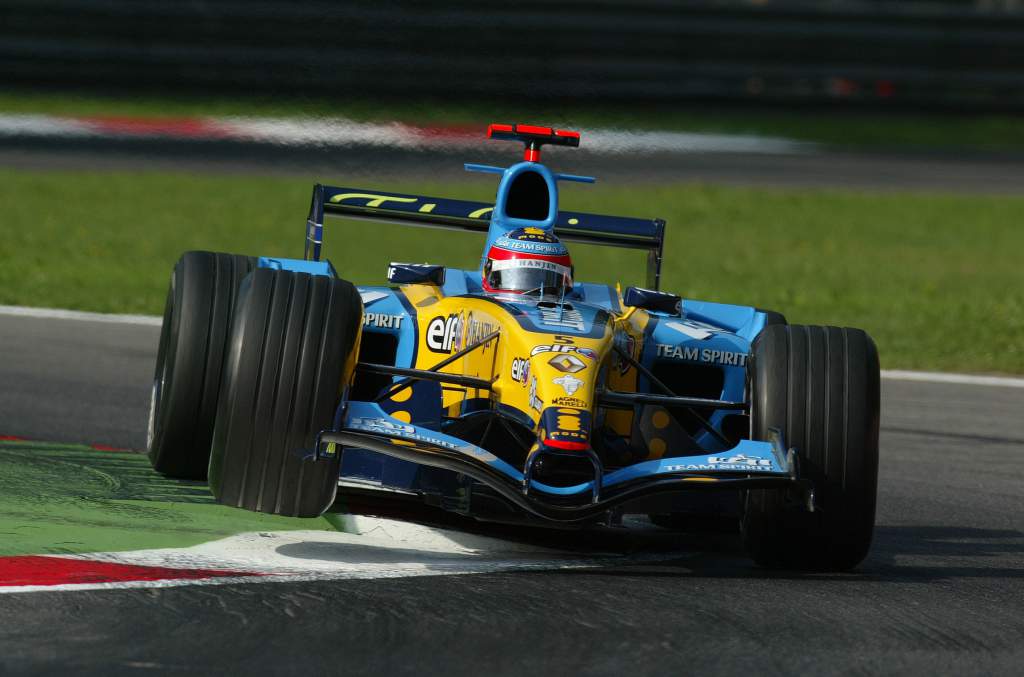
But enough about tyres. The cars have also changed hugely but what most people would notice instantly is the noise.
Oh, to be in Abu Dhabi and hear that screaming V10! It will have brought back many happy memories to everyone in the pitlane.
Perhaps some of the people who can do something about it might just feel a bit nostalgic as well, especially with future engine rules a big talking point. But I’m not going to hold my breath.
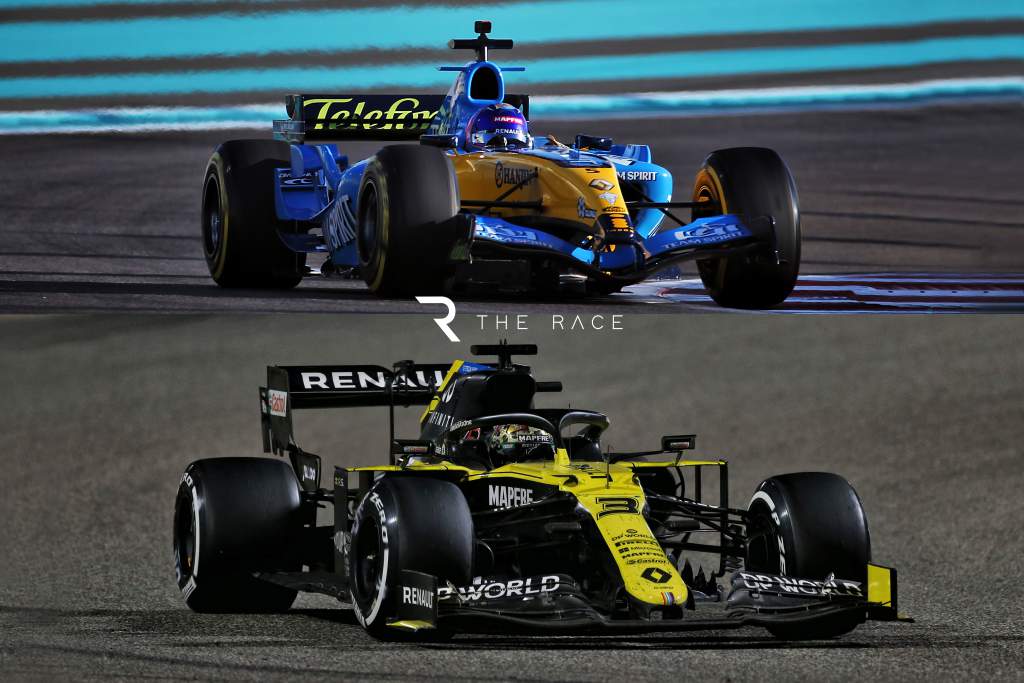
Aerodynamically, the 2020 is a completely different beast. It is bigger in width and length and with larger tyres. The current cars are absolutely opposed to what Mosley was after with the rules that led to the R25 and its generation.
We have the highest cornering speeds we will probably ever see, faster than this 2005 version. But that’s technology and development for you.
What really stands out is the difference in size, which you can see in our comparison picture.
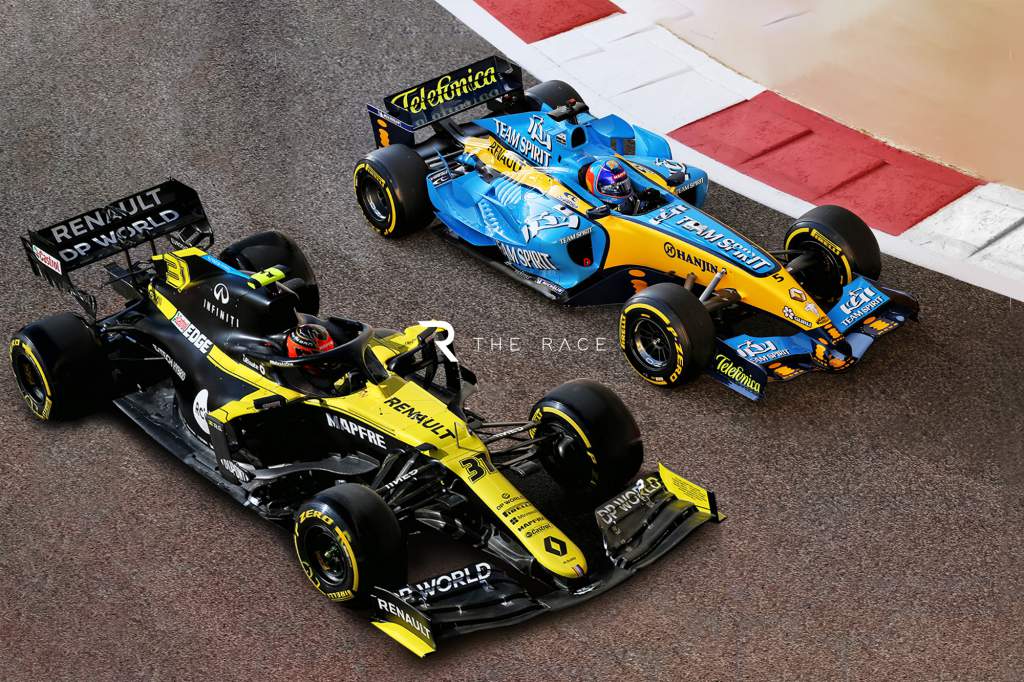
While the cars didn’t run at the same time, we have been able to put the cars together on one image while maintaining their size to show how much bigger the 2020 car is. It’s also substantially heavier.
Visually, the front wing concept is massively different. The old outboard ends were well away from the ground and much narrower.
Also, 2005 was still a time when no one was quite sure about how to get the downforce levels from a multi-element front wing. This simple two-element wing was the bee’s knees in those days.
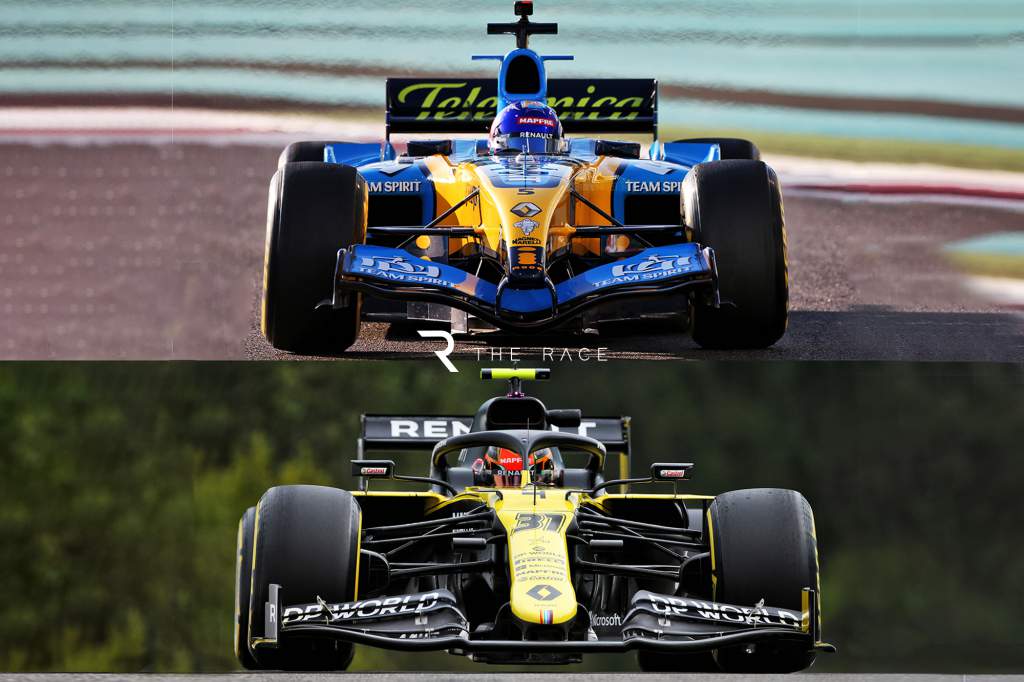
Then, in 2009, the regulations were altered to improve the racing. With that came the symmetrical front-wing central section and the removal of most, if not all, of the sidepod furniture – or aerodynamic turning vanes, as we knew them.
The bargeboard area is currently one of the most productive downforce-producing areas on the car. It was very important back then, but the understanding of the off-body airflow wasn’t there.
CFD was in its infancy. Yes, teams were using it but the understanding and confidence in the results were still questionable. At Jordan, we first produced car components from CFD analysis in 1997, but still you were able to optimise them in the windtunnel.
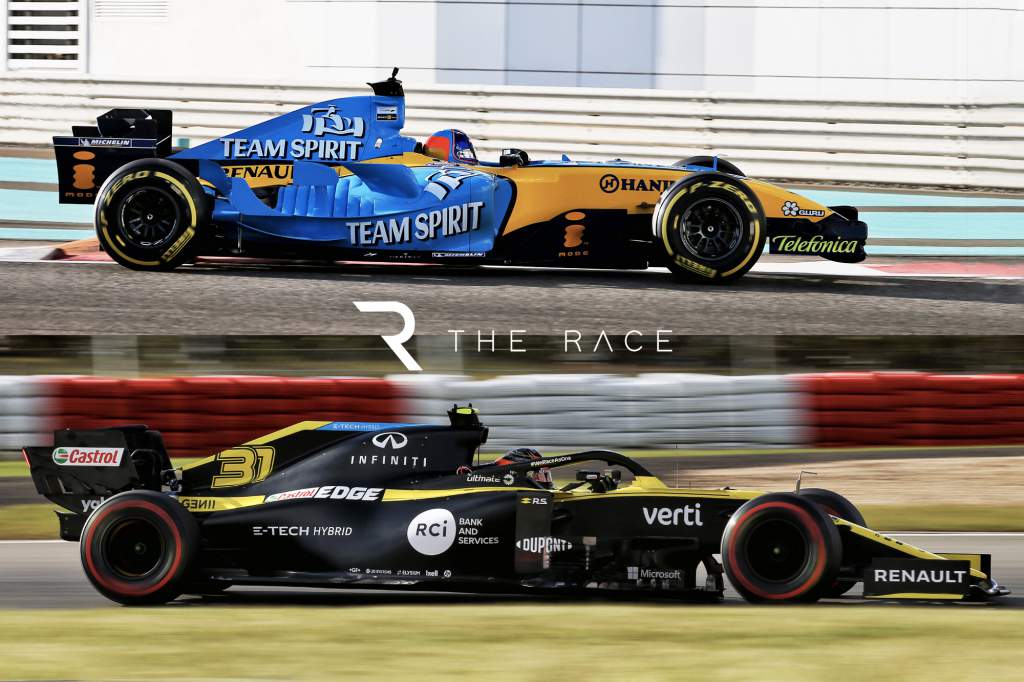
From the front and side view, you can see the chassis height around the driver’s feet is very similar. The big difference is that back in 2005 there was a keel hanging underneath to mount the lower wishbone to, hence the more common-for-its-day horizontal wishbones.
As time went by, the keels disappeared, which reduced the blockage through between the front wheels and allowed the front wing and the underfloor to produce more downforce.
This was all at the expense of front suspension geometry and, to be honest, we are only now heading back to giving more credence to looking after the tyres as a focus of car design.
Mercedes, and now a few others, with the growth on the top of the front uprights proves that there is now understanding that you can’t make up for abusing the tyres just because you have a few more kilogrammes of downforce.
Alonso was lapping seconds off the back of the pace in free practice, but the smaller, lighter car just looks quicker to watch. Perhaps that’s another thing F1’s rulemakers need to think about for the future?





